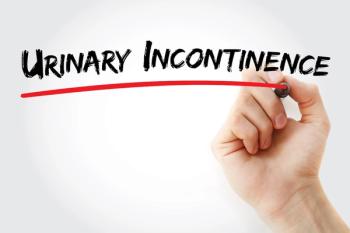
Contributor: Health Systems Will Need a Tech Transformation to Prepare for CMS Glycemia Measures
With data collection beginning on January 1, 2023, most health systems are not prepared for CMS’ new glycemia measures, and those that are will likely be floored by the results, according to the chief medical officer at Glytec.
In a previous article
CMS’ Hyper- and Hypoglycemia Measures at a Glance
To understand why health systems might be underprepared, it's essential to comprehend the movement behind and milestones associated with CMS’ measures. The
The goal of the update is simple: improve the quality of glycemic management, a factor that when uncontrolled has proven to contribute to longer patient stays and
You Can’t Improve What You Can’t Measure
The problem concerns disparate data, unclear benchmarks, and limited ownership. Out of the 6000 hospitals in the United States, many have limited visibility into their rates of hypo- and hyperglycemia. In fact,
How glycemic outcomes are measured can vary markedly at health systems and may not easily convey the true prevalence of glycemia rates. For instance, if your health system uses all BG values to calculate hypoglycemia rates, an average 200-bed hospital might have 100,000 BGs over the past year, and the BG less than 40 mg/dL rate could be 0.1%, which seems so low as to not be an issue. However, that translates into 100 instances of BG less than 40 mg/dl per year, which is more relevant. CMS provides clear guidance on measuring these incidents—something drastically lacking in our industry. However, the unclear benchmarks to date have given a false sense of quality and will likely lead to many hospital executives being surprised when the new numbers are collected.
And despite a resounding increase in awareness of these measures among hospital executives, most health systems lack a clear owner for improving care. Since diabetes is a disease that spans every hospital department, ownership needs to reflect that notion. A glycemic management team is key to driving positive change. At a minimum, these groups consist of a multidisciplinary team of nurses, pharmacists, diabetes educators, and physicians or advanced practice providers. These teams drive change that touches every unit and foster collaboration across departments. By prioritizing these committees and their input, leadership can move beyond awareness to actual improvements that bolster care and lower costs.
An Inpatient Technology Revolution
While cross-functional collaboration is at the heart of preparedness for these measures, there has been an inpatient technology revolution occurring over the past few years that can also help improve the quality of glycemic care. Continuous glucose monitors were granted emergency FDA clearance during the pandemic and
There are hospitals willing to share their glycemic rates and share their digital transformation experiences after deploying a clinical decision support software integrated with their electronic health record. Sonia Cooper, chief nursing officer at
An Overwhelming Demand for Better Inpatient Care
As more data is collected, more information will become public and national quality benchmarks will be established. For health systems across the nation, the time to foster glycemic management committees and evaluate advanced technology to drive quality glycemic care is now.
Newsletter
Stay ahead of policy, cost, and value—subscribe to AJMC for expert insights at the intersection of clinical care and health economics.





























































